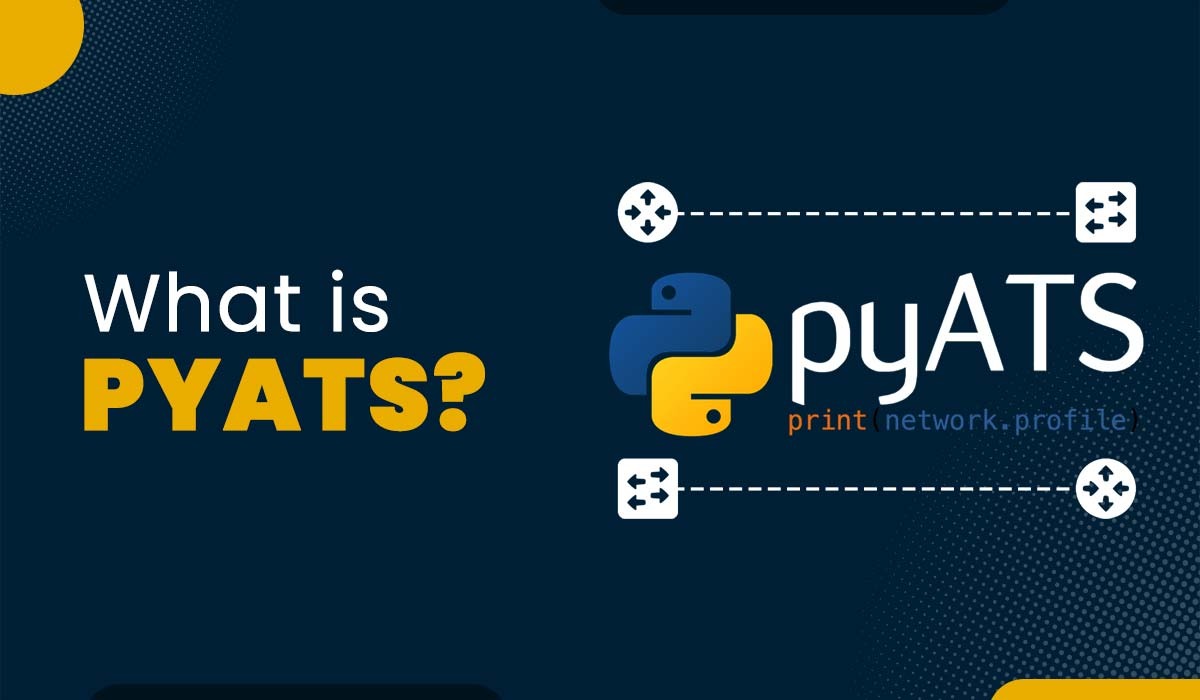SD-WAN vs MPLS – What’s the Difference?

WAN, or Wide Area Network, plays a major role in connecting computer networks over long distances. It ensures that there should be smooth communication as well as efficient data transfer between different locations. Companies and network engineers rely heavily on WAN technologies to link their offices, data centers, and remote sites. There are two major methods that are used for WAN connectivity. One is the traditional method known as Multiprotocol Label Switching (MPLS) and the other is a modern alternative to MPLS known as Software-Defined Wide Area Networks (SD-WAN). In this blog, we will discuss the basic difference between the two, i.e., SD-WAN vs MPLS. Let’s understand the basic difference between SD-WAN and MPLS. Understanding these differences is crucial for making informed decisions about your network infrastructure. For those looking to gain deeper expertise in SD-WAN, PyNet Labs is a leading provider of SD-WAN training courses. Our curriculum equips you with the knowledge and skills to design, deploy, and manage SD-WAN solutions effectively. In the world of Wide Area Networks (WANs), the debate between SD-WAN vs MPLS hinges on balancing cost, flexibility, and performance. Below, we have discussed the difference between SD-WAN and MPLS in a tabular form based on different factors. We have discussed SD-WAN vs MPLS based on several factors. Now, let’s understand what SD-WAN and MPLS are. SD-WAN, or Software-defined Wide Area Network, is a technology that is mainly used by organizations in order to manage and optimize their wide area network (WAN) using software-based controls. It allows organizations to dynamically route traffic based on the most efficient path, improve network performance as well as security, and, most importantly, help in prioritizing critical applications. Now, when we talk about SD-WAN solutions, it involves the use of centralized controllers in order to manage and configure network traffic flow and the use of virtualization and automation to simplify network management. This technology is particularly useful for organizations with multiple branch locations or remote offices that need a reliable and secure network connection. MPLS or Multi-Protocol Label Switching is a technique that is used in telecommunications networks in order to speed up the flow of network packets. Now, how Does MPLS speed up the flow of packets? It assigns a short label to each packet and then forwards them based on these labels rather than the full IP header. With this, efficient routing of data packets within a network can be achieved. MPLS is mainly used by service providers in order to create VPNs (Virtual Private Networks) for their customers. This allows them to securely connect to multiple locations across a shared network infrastructure. Apart from this, MPLS also supports traffic engineering, enabling network operators to control the flow of traffic and optimize the use of network resources. Now that we have a basic understanding of both the technologies, i.e., MPLS and SD-WAN. Now, let’s compare SD-WAN vs MPLS to understand their difference in detail. Both SD-WAN and MPLS are technologies that are mainly used for connecting multiple locations in a WAN. Some of the key difference between SD-WAN and MPLS are: SD-WAN uses software-defined networking principles in order to route traffic based on real-time network conditions dynamically. Whereas, MPLS uses a dedicated connection with predefined paths and labels to route traffic. This assists in providing a reliable and predictable network architecture. SD-WANs are easily scalable with the ability to add new connections and locations without the need for any significant hardware changes. This offers flexibility in terms of growing networks. On the other hand, MPLS scalability can be complex and time-consuming. The reason behind this is that MPLS requires additional hardware and configuration changes in order to expand the network. In general, SD-WANs are more cost-effective than MPLS. As it leverages cheaper internet connections and, side-by-side, optimize traffic routing dynamically. MPLS is typically more expensive as compared to SD-WAN. This is due to the dedicated nature of connections and service level agreements provided by service providers. In the case of SD-WAN, it optimizes traffic by dynamically selecting the best path which is totally based on application requirements, network conditions, and policies. This will lead to efficient utilization of available bandwidth. On the other hand, MPLS offers predetermined paths for traffic routing. This may not be as flexible or optimized as compered to SD-WAN. SD-WAN offers advanced security features such as encryption, segmentation, and centralized policy management to enhance network security. Whereas MPLS is considered secure due to its private nature. SD-WAN provides centralized management and orchestration. This makes it easier to deploy as well as manage network configurations across multiple locations. In the case of MPLS, deployment as well as management may require more manual configuration and oversight, especially adding new sites or making any changes to the network. SD-WAN supports multiple links and can dynamically switch traffic to backup links in case of link failures, providing high availability and redundancy. In the case of MPLS, redundancy options are available but may require additional configurations and costs to implement failover mechanisms. SD-WAN Offers granular control over QoS policies. This allows for the prioritization of critical applications and ensures consistent performance levels. Whereas, MPLS provides inherent QoS capabilities with guaranteed service levels for applications that require consistent performance and low latency. These are some of the difference between SD-WAN and MPLS based on various factors. Yes, MPLS can be used with SD-WAN in order to provide secure and reliable connectivity for different branches. MPLS can be used as one of the transport options in an SD-WAN deployment to provide a private and predictable network connection for critical applications. SD-WAN is better because it provides a better user experience by offering centralized management and improved application performance with enhanced security features. The difference between SD-WAN and WAN is that WAN heavily relies on hardware-based configurations, which directly limit the flexibility and scalability. Whereas, in the case of SD-WAN, it uses software-defined networking in order to optimize traffic flow through centralized control and automation. SD-WAN stands for Software-defined Wireless Area Network which is a programmatic and automated approach in order to manage enterprise network connectivity. Both MPLS and SD-WAN offer a unique set of features that are suitable for different networking needs. The choice between the MPLS and SD-WAN totally depends on various factors such as budget, network requirements, and, most importantly, business objectives. In this blog, we have discussed what MPLS and SD-WAN are, and we also have explained the difference between the two technologies, i.e., SD-WAN vs MPLS.Introduction
SD-WAN vs MPLS
Factor SD-WAN MPLS Network Architecture Utilizes software-defined networking Relies on physical infrastructure Scalability Easily scalable with dynamic bandwidth Limited scalability, requires hardware upgrades Cost Cost-effective due to centralized management Expensive due to dedicated circuits Traffic Optimization Utilizes multiple paths for optimized traffic flow Single path routing for traffic Security and Encryption Provides advanced security features with encryption Basic security features, limited encryption Deployment and Management Easy deployment and centralized management Complex deployment and management Redundancy and Failover Offers built-in redundancy and failover mechanisms Requires manual configuration for redundancy Quality of Service (QoS) Supports dynamic QoS for prioritizing traffic Static QoS with limited flexibility What is SD-WAN?
What is MPLS?
Difference between SD-WAN and MPLS
Network Architecture
Scalability
Cost
Traffic Optimization
Security and Encryption
Deployment and Management
Redundancy and Failover
Quality of Service (QoS)
Frequently Asked Questions
Q1. Can you use MPLS with SD-WAN?
Q2. Why is SD-WAN better?
Q3. What is the difference between SD-WAN and WAN?
Q4. What is SD-WAN and why it is used?
Conclusion







